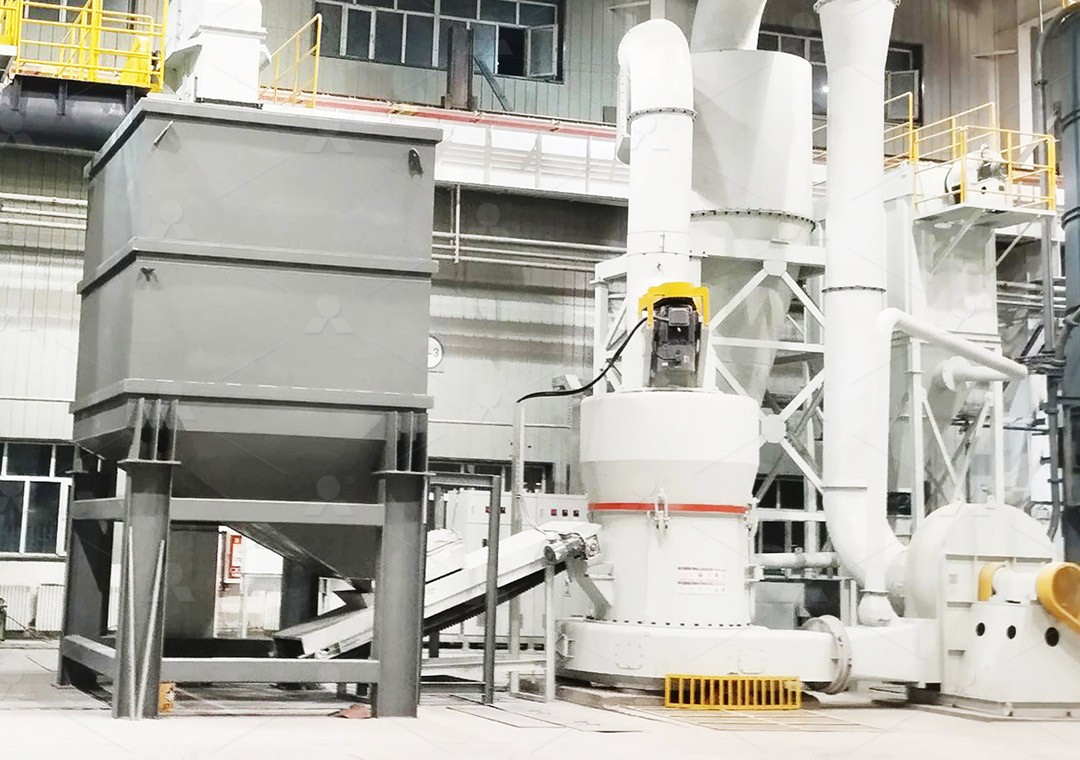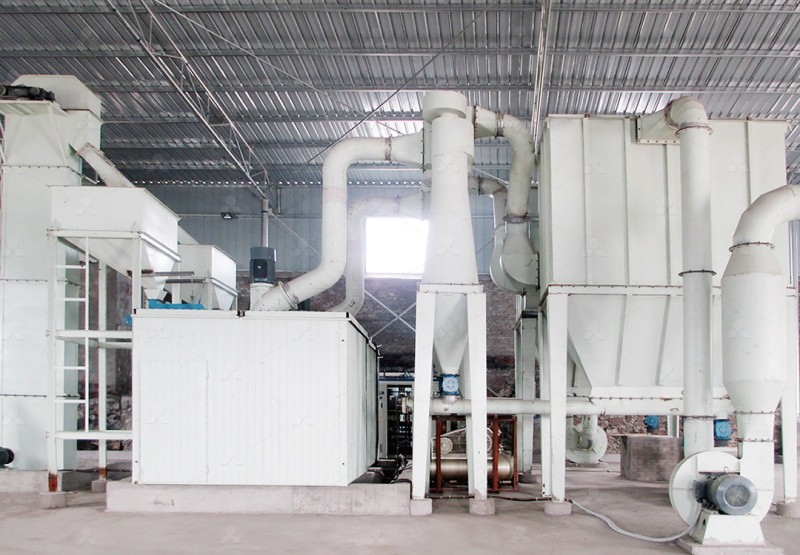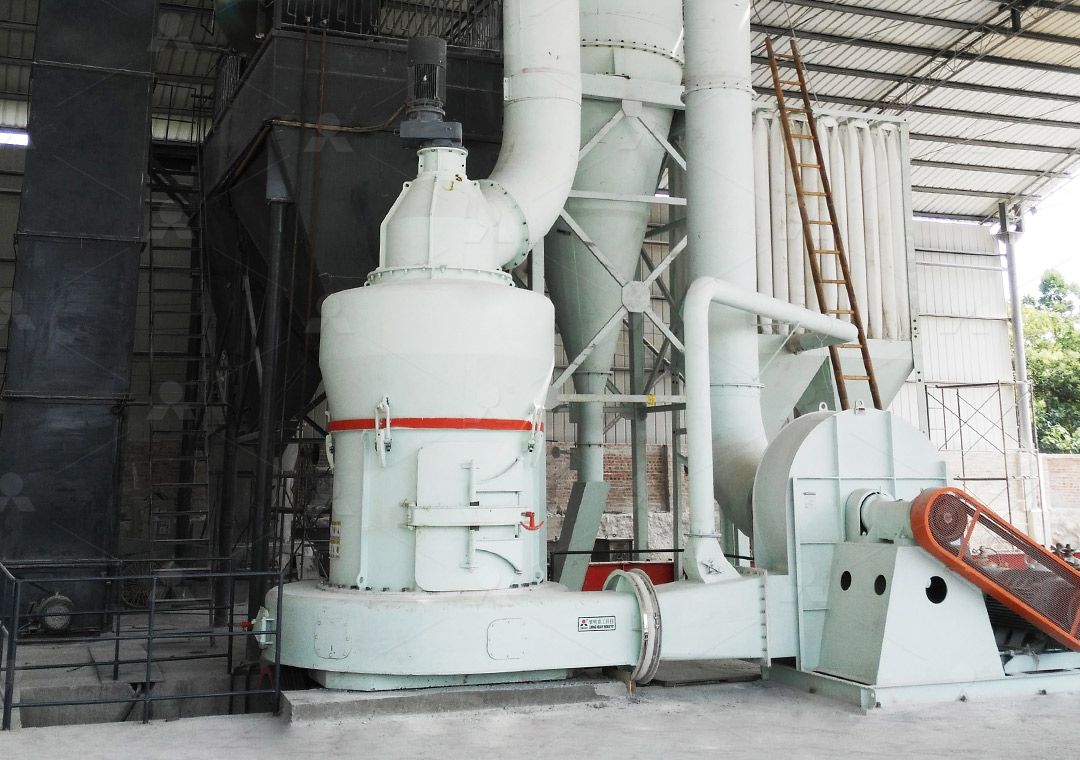250 Mesh Brucite Grinding Mill: Selection Guide & Price Analysis
250 Mesh Brucite Grinding Mill: Selection Guide & Price Analysis
Brucite, a mineral form of magnesium hydroxide, requires specialized grinding equipment to achieve the fine 250-mesh powder demanded by various industrial applications. Selecting the right grinding mill is crucial for optimizing production efficiency, product quality, and operational costs. This guide provides a professional analysis to help you make an informed decision.
Key Considerations for 250 Mesh Brucite Grinding
When processing brucite to 250 mesh (approximately 60 microns), several factors demand attention. The mill must handle the material’s moderate hardness (2.5-3 Mohs) and platy structure without compromising particle uniformity. Energy consumption, wear resistance of grinding components, and environmental compliance are equally important. Traditional ball mills often struggle with efficiency at this fineness, leading operators toward more advanced vertical roller mills and ultrafine grinding systems.

Advanced Grinding Solutions for Superior Performance
For operations requiring consistent 250 mesh brucite powder with high throughput, the MW Ultrafine Grinding Mill presents an exceptional solution. Engineered specifically for ultra-fine powder production, this mill handles input sizes up to 20mm with capacities ranging from 0.5 to 25 tph. Its innovative design features higher yielding capacity with 40% greater efficiency compared to jet mills and double the output of ball mills, while reducing system energy consumption by 30%.
The MW mill’s cage-type powder selector, incorporating German technology, enables precise fineness adjustment between 325-2500 meshes, making 250 mesh production easily achievable with excellent particle size distribution. The absence of rolling bearings and screws in the grinding chamber eliminates concerns about bearing damage or loose fasteners, while external lubrication allows for 24-hour continuous operation.

Environmental and Operational Advantages
Modern brucite processing demands environmentally responsible operations. The MW Ultrafine Grinding Mill addresses this with an efficient pulse dust collector and muffler system that minimizes dust and noise pollution. The fully sealed negative-pressure operation ensures no dust escape, meeting stringent environmental standards while maintaining a clean working environment.
For operations requiring even higher precision and specialized vertical grinding, the LUM Ultrafine Vertical Grinding Mill offers complementary capabilities. With input sizes up to 10mm and capacity ranging from 5-18 tph, it incorporates advanced Taiwanese grinding roller technology and German powder separating technology. Its unique roller shell and lining plate grinding curve generates material layers more effectively, producing high-quality finished products in a single pass while enhancing whiteness and cleanliness.
Investment Analysis and Cost Considerations
The initial investment in advanced grinding technology must be evaluated against long-term operational benefits. While traditional Raymond mills may seem economically attractive initially, their higher energy consumption and maintenance requirements often result in greater lifetime costs. The MW Ultrafine Grinding Mill’s 30-50% energy savings, combined with reduced maintenance needs due to its robust design, typically delivers a faster return on investment for medium to large-scale operations.
Operators should consider total cost of ownership, including power consumption, spare parts replacement frequency, labor requirements, and environmental compliance costs. Digital control systems in modern mills further reduce operational expenses through optimized processing parameters and remote monitoring capabilities.

Frequently Asked Questions
What is the typical energy consumption for grinding brucite to 250 mesh?
Advanced mills like the MW Ultrafine Grinding Mill consume approximately 30-50% less energy compared to traditional jet mills or ball mills when producing 250 mesh brucite powder, with specific consumption varying based on material moisture content and production capacity.
Can the same mill handle different mineral materials besides brucite?
Yes, the MW Ultrafine Grinding Mill is versatile enough to process various non-metallic minerals including limestone, calcite, dolomite, talc, and barite, making it suitable for operations processing multiple mineral products.
How does the maintenance requirement compare between different mill types?
The MW mill’s design without rolling bearings in the grinding chamber significantly reduces maintenance needs compared to traditional designs. The external lubrication system allows maintenance without shutdowns, while digital monitoring enables predictive maintenance scheduling.
What environmental considerations are addressed by modern brucite grinding mills?
Contemporary mills incorporate comprehensive dust collection systems, noise reduction technology, and fully enclosed negative-pressure operation to minimize environmental impact and ensure compliance with industrial emission standards.
